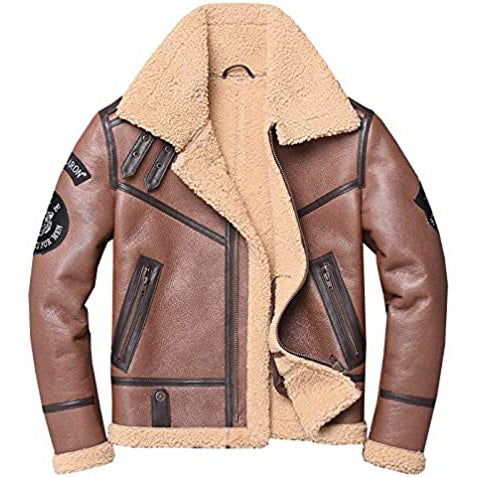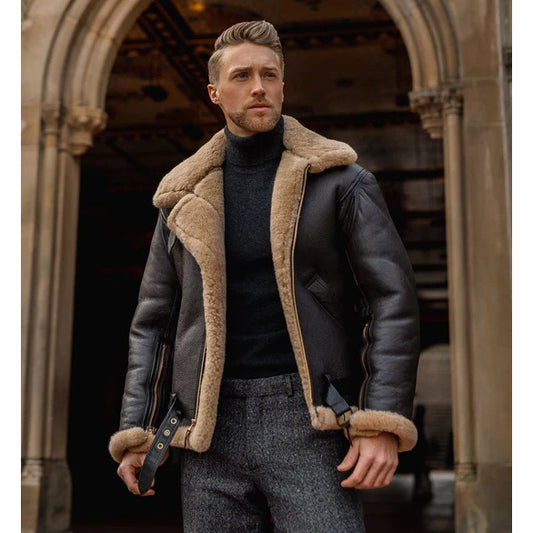Faux Leather Vs Real Leather: Which One Is Better?
In a world where ethical choices and sustainable living are gaining momentum, the debate between faux leather and real leather has never been more relevant. Both materials have their merits and demerits, making it crucial for consumers to weigh the pros and cons before making a decision. In this comprehensive guide, we'll explore the differences between faux leather and real leather, shedding light on which one might be the better choice for you.
I. The Origin and Composition
Faux Leather: A Synthetic Marvel
Faux leather, also known as synthetic leather or vegan leather, is a man-made material created to mimic the look and feel of real leather. It's typically composed of a fabric base coated with a layer of polyurethane (PU) or polyvinyl chloride (PVC). Faux leather is celebrated for its cruelty-free nature, as no animals are harmed in its production.
Real Leather: A Natural Beauty
On the other hand, real leather is derived from animal hides, most commonly from cows. The production process involves tanning the hide to create a durable and flexible material. Real leather has been cherished for centuries for its authenticity, durability, and timeless appeal.
II. Durability and Longevity
Faux Leather: Affordable but Less Durable
Faux leather is often more affordable than real leather, making it an attractive option for budget-conscious consumers. However, it tends to be less durable in the long run. Faux leather may crack, peel, or fade over time, especially with frequent use. It's a great choice for fashion pieces that follow trends but may not be ideal for long-lasting items.
Real Leather: Time-Tested Durability
Real leather boasts unparalleled durability. With proper care, genuine leather products can last for decades and even improve in appearance over time, developing a unique patina. While the initial cost may be higher, the investment is worth it for those seeking items that stand the test of time.
III. Sustainability and Environmental Impact
Faux Leather: Ethical and Eco-Friendly
Faux leather is a champion of ethical and eco-friendly fashion. It doesn't involve the use of animal byproducts, reducing harm to animals and lowering the carbon footprint. However, it's essential to consider that the production of synthetic materials still has environmental implications, such as the use of chemicals and non-renewable resources.
Real Leather: A Complex Environmental Picture
Real leather's environmental impact is more complex. While it relies on animal hides, the leather industry can be sustainable when managed responsibly. Leather can be a byproduct of the meat industry, reducing waste. However, issues like deforestation and water consumption in tanneries require attention.
IV. Comfort and Feel
Faux Leather: Smooth but Less Breathable
Faux leather often has a smooth and consistent texture. While it can be comfortable to wear, it may lack breathability, leading to discomfort in hot and humid conditions. Additionally, it doesn't develop the same softness and character as real leather over time.
Real Leather: Luxurious Comfort
Real leather is renowned for its luxurious feel and natural breathability. It adapts to your body temperature, providing comfort in various climates. As it ages, real leather becomes softer and gains a distinctive texture, enhancing its comfort and appeal.
V. The Final Verdict
In the battle between faux leather and real leather, there is no one-size-fits-all answer. The choice ultimately depends on your priorities and values.
If you prioritize ethical and sustainable fashion, faux leather is the way to go. It's an excellent choice for those who want to make a positive impact on animals and the environment without sacrificing style entirely.
However, if durability, authenticity, and timeless elegance are your primary concerns, real leather reigns supreme. It's an investment that pays off over time and can become a cherished heirloom.
In conclusion, the decision between faux leather and real leather is a personal one, guided by your values and needs. Whether you opt for the synthetic marvel or the natural beauty, both materials have their unique charm, and the right choice is the one that aligns with your lifestyle and beliefs. So, the next time you're shopping for leather goods, consider the bigger picture and choose wisely. Your choice can contribute to a more ethical and sustainable future in the world of fashion.




